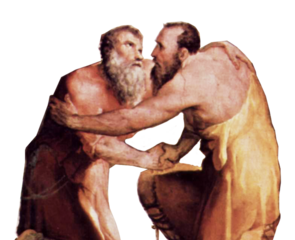Commons:Structured data/GLAM/Uploading
This page is dedicated to helping GLAMs and other cultural organizations understand how their collections can fit into Structured Data on Commons.
Cultural and heritage organizations around the world are very plural and have vastly distinct collections. For that reason, this process may differ depending on the type of material is being shared. For more information about how to model specific types of data see Structured data/Modeling.
Types of institutions
Structured Data on Commons (or the Structured Commons) can be used by any type of cultural institution to share its collections. It comprehends big or smaller institutions, from public or private backgrounds, and from all state levels (e.g. federal, state, municipal). The only necessary aspect is to have some type of media file, in a compatible format for Commons, and with a few metadata.

Upload process
The process of sharing GLAM collections on the Wikimedia projects takes place through a few steps. It also involves the use of tools for cleaning, adapting, and uploading the metadata, as well as for enriching and measuring the data's impact.
For Structured data, the process is very similar. See the recommended steps:
Preparing a structured data project
-
5. Reconcile
Uploading the content
Enriching the data and media
-
8. Corrections
-
9. Enrich
-
10. Re-use
Measuring impact and round tripping the data
-
11. Measure impact
-
12. Roundtrip data
Details about some Structured data only tools are available on Structured data/GLAM/Tools. For a more complete GLAM-Wiki workflow see Structured data/GLAM/Workflow and for GLAM-Wiki projects using the Structured Commons, see Structured data/GLAM/Projects.
Barriers for GLAMs
For now, the GLAM-Wiki environment still faces a diversity problem. There are more institutions from Europe and North America than other countries with active initiatives. This also is reflected into the information available as structured data on Commons.
One of the objectives of the Structured Data on Commons project is to make Commons, as a platform, more accessible and readable for other languages, as it enhances translation and machine reading. For more information about the value of structured data for GLAMs data see Structured data/GLAM/Why.
Unfortunately, a lot of institutions in less privileged locations don't have collections with metadata available in a structured way. This is the main issue in a platform based only on structured data, such as Wikidata. For Commons, the most important is the media file. Using only the file, it's possible to build the metadata available with the community, using properties such as depicts (P180), copyright status (P6216), copyright license (P275), title (P1476), and so on.












